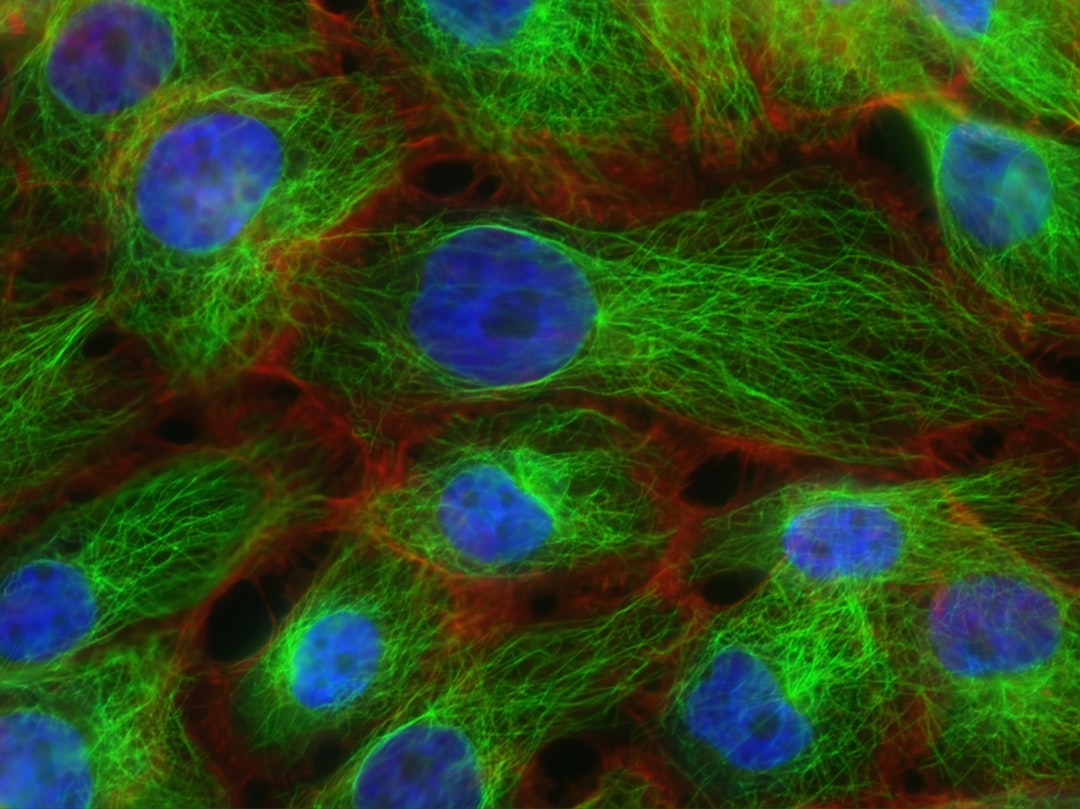What is it about?
The hydrogen bonding network analysis of softwood lignin is relevant to designing novel technologies to overcome the recalcitrance of plant biomass in the industrial deconstruction and manufacturing of lignin- based carbon fibers. In this work, we examine, by atomistic simulations, the hydrogen bonding network in guaiacyl-rich lignin and guaiacyl-type lignin over a wide range of temperatures
Featured Image

Photo by Raisa Milova on Unsplash
Why is it important?
In this work the formation of stable water-bridged dimeric complexes by the interaction of phenolic and aliphatic hydroxyl groups and π−π stacking between phenol rings, causing a slow dynamic of lignin with temperature is determined. The interaction strength between water oxygen and hydrogen of hydroxyl groups in these lignin complexes is established. From a practical point of view, guaiacyl-rich lignin at high hydration, which has a more linear structure and the lowest Tg, can be a candidate for obtaining a lignin-based carbon fiber because of the improvement of the softening ability of lignin in melt spinning
Perspectives
Since the new parameterization of CHARMM forcefield was succesfully validated for determining thermophysical and mechanical properties of hydrated lignin with compositions close to softwood, the parameters of forcefield can be applied to the study of new lignocellulosic materials used in Bio refineries
Jurgen Lange Bregado
Universidade Federal do Rio de Janeiro
Read the Original
This page is a summary of: Molecular Dynamics Study of Thermophysical and Mechanical Properties in Hydrated Lignin with Compositions Close to Softwood, ACS Sustainable Chemistry & Engineering, December 2022, American Chemical Society (ACS),
DOI: 10.1021/acssuschemeng.2c05264.
You can read the full text:
Contributors
The following have contributed to this page










